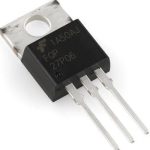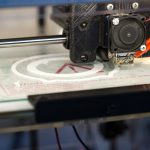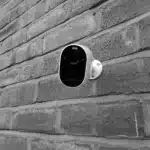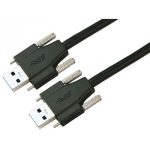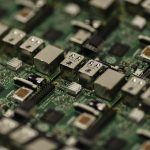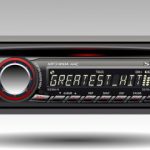
The Internet of Things (IoT) is taking over the world quite fast. This interconnection of physical devices relies on 2.45GHz short-range radio transmission systems, including both Bluetooth and Zigbee technologies. However, while these technologies have good wall penetration, their limited range often poses numerous challenges. Designers are now exploring innovative solutions, such as mesh networks, to extend the range and reliability of the 2.45GHz wireless systems.
Boosting 2.45 GHz radio systems
Mesh networking
Mesh networking involves the bouncing of signals between dozens or even hundreds of nodes so as to spread a networking solutions connection over a large area. Nodes are small radios that perform similarly to wireless routers. These nodes utilize Wi-Fi standards (802.11 a/b/g/n/ac range) to communicate both with each other and with users. They are programmed with a software that guides how they interact with each other within the network. This software also enables the nodes to automatically choose the shortest and safest path between two points. The more the nodes, the bigger the transmission range.
Advantages of mesh networks
- It uses fewer wires, making it cheaper to set up
- The range and speed of the network increases with the increase in the number of nodes
- Mesh networks are both self-healing and self-configuring
- Mesh nodes are easy to install and uninstall
Disadvantages
- Mesh networks are capital intensive
- They are complex, hence hard to manage
Manufacturer part required to implement a Mesh Network
At the heart of the mesh networks are radios that receive and send the radio signals. There are numerous manufacturers who manufacture such radios. They include,
- Cisco
- Motorola
- Linksys
- ABB
You can download the data sheets of the various and compare various radios suits your application best.
Forward Error correction
Forward Error Correction (FEC) is the process in which digital data transmitters add extra information called check bits to the data stream. The radio receiver analyzes the check bit information to trace and correct errors. When the errors have been corrected, the check information is then isolated from the data stream leaving behind the original information (voice, video, or data) intact. All these are done in real time while the data continue to be received. The methods used to detect and correct errors vary with the kind of information being transmitted through the network. Besides reducing the number of errors in transmission, FEC extends the operating range.
Advantages of FEC
- Back-channels not required
- Leads to reduced bandwidth requirements
Disadvantages
- Sometimes the check bits become the source of errors
Manufacturer parts required for FEC
Listed below are some components and transceivers that when inserted within the transmission channel support FEC;
SNR boosting
SNR is the measure of signal strength to the background noise. It’s measured in decibels (dB). The higher the noise the lower the data speed and the more the errors. SNR is also closely related to dynamic range. The higher the SNR, the higher the dynamic range.
One way of boosting SNR is by interfacing a transceiver with an LNA so as to lower the Noise Figure (NF) in the received signal. This way, the transceiver’s sensitivity is increased significantly. The other way of boosting SNR is by using a Power Amplifier (PA) on the transmitter side. Designers can also integrate both LNA and PA to boost SNR
A lot of care should be taken when using a PA to extend range. In the PA’s output is set at the maximum there is a high probability of the amplifier saturation which could result in false emissions and harmonics which will impact the system negatively.
Manufactures parts required for SNR boosting
Below are some components used in SNR boosting;
Successful extension of the range of the 2.45GHz wireless system is very crucial will go a long way in boosting IoT efforts in homes and institutions. Manufacturer parts listed above are just a tip of the iceberg. They are meant to guide you in the right direction. Consult your system designer for more options as far as the components are concerned.






